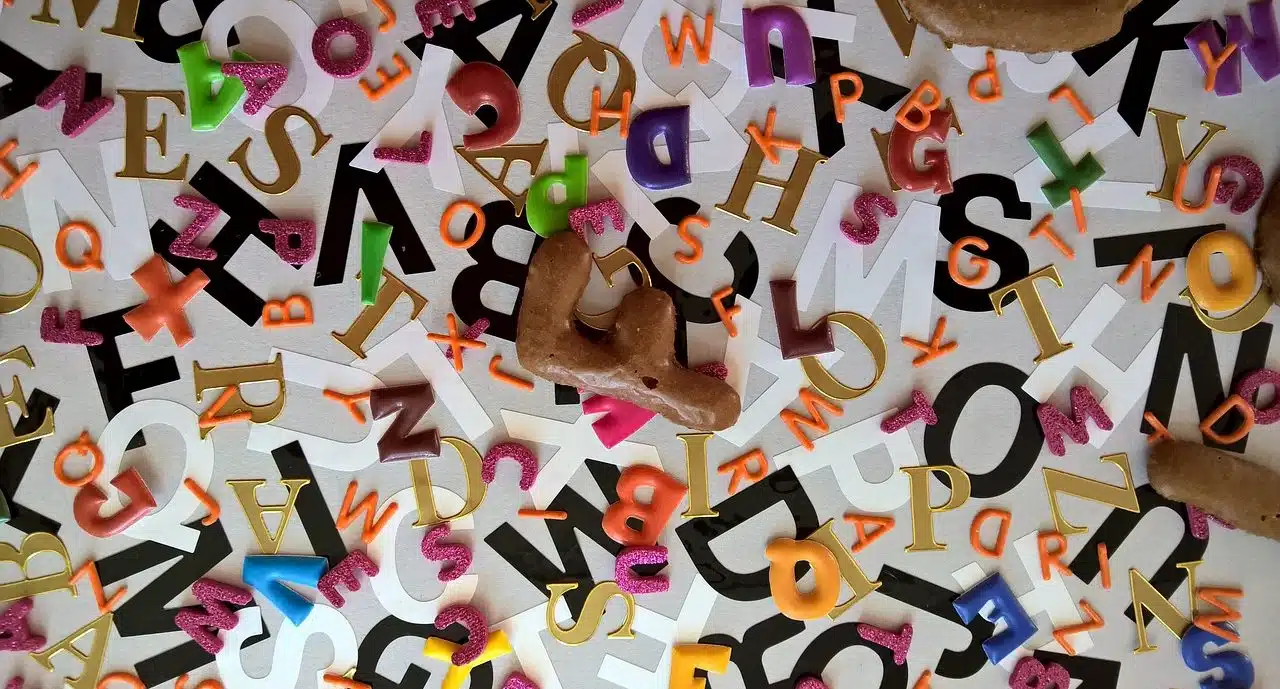
Pseudowords look like real words but have no meaning.
Pseudowords are terms that look like real words since they can be pronounced and have characters commonly used in a language , but nevertheless lack a lexical meaning. These discursive fragments are groupings of letters that do not allow an idea or concept to be represented.
The compositional element pseudo is used to refer to that which is a copy , an imitation or a forgery and which, therefore, is not original . A word , on the other hand, is a portion of an expression that has a certain functionality and is delimited by accents and pauses.
Examples of pseudowords
“Sutapola” is an example of a pseudoword. If we consult the dictionary of the Royal Spanish Academy (RAE) , we will see that this word does not exist. However, due to its phonetics and the combination of letters it includes, it could be part of our language. It is even possible to imagine a meaning and use this pseudoword in sentences: “I'm a little sutapola, I'd better go rest for a while,” “The boy took the sutapola and left the premises.”
Other random combinations of letters, however, fail to constitute pseudowords. “Rxtrjsspwmn” is not a pseudoword since it does not imitate the words we use in the Spanish language: it lacks vowels, it cannot be pronounced, etc. No logical or plausible sentence can be conceived, therefore, that includes “rxtrjsspwmn” .

Games with pseudowords are often proposed at school.
Its use in education
Within the educational field, games with pseudowords are sometimes used with the aim of not only entertaining children but also for them to have fun with the language, acquire speed and mental agility, increase their vocabulary and work with the language in general.
One way they use pseudowords in class is through contests with them. Specifically, what the teacher does is place on the blackboard a series of pseudowords that do not seem to have any kind of meaning or meaning. However, they do have it because if the letters are ordered correctly they can form a real word with its own meaning. In this way, the students who guess it first win.
An example could be putting pseudowords like “docabillo” , “folígrabo” or “caremalo” on the board. These have to be solved by the children who must discover that behind them there are real words like “sandwich” , “ pen” or “ candy” .
Likewise, you can also play with children by creating other pseudowords that do not exist but that come to remind others that are real. This way, they will have to quickly guess which truth terms they are similar to. Examples could be “bomberos” , “paperela” , “espimacias” , “pelícono” or “ raciador ” .
When these proposals appear, students will have to explain that they resemble “ firefighters” , “trashcan” , “spinach” , “pelican” or “radiator” , respectively. However, in these cases there can always be more than one alternative to the pseudoword in question.
